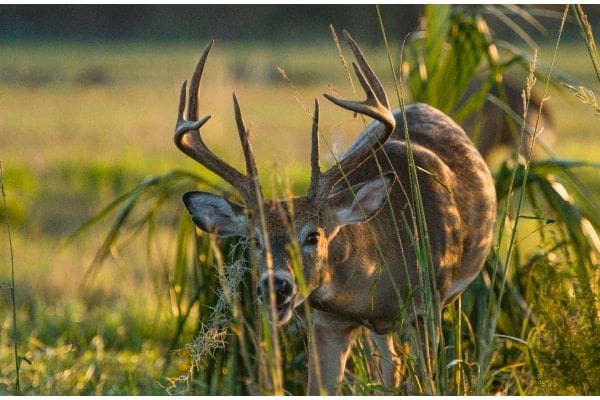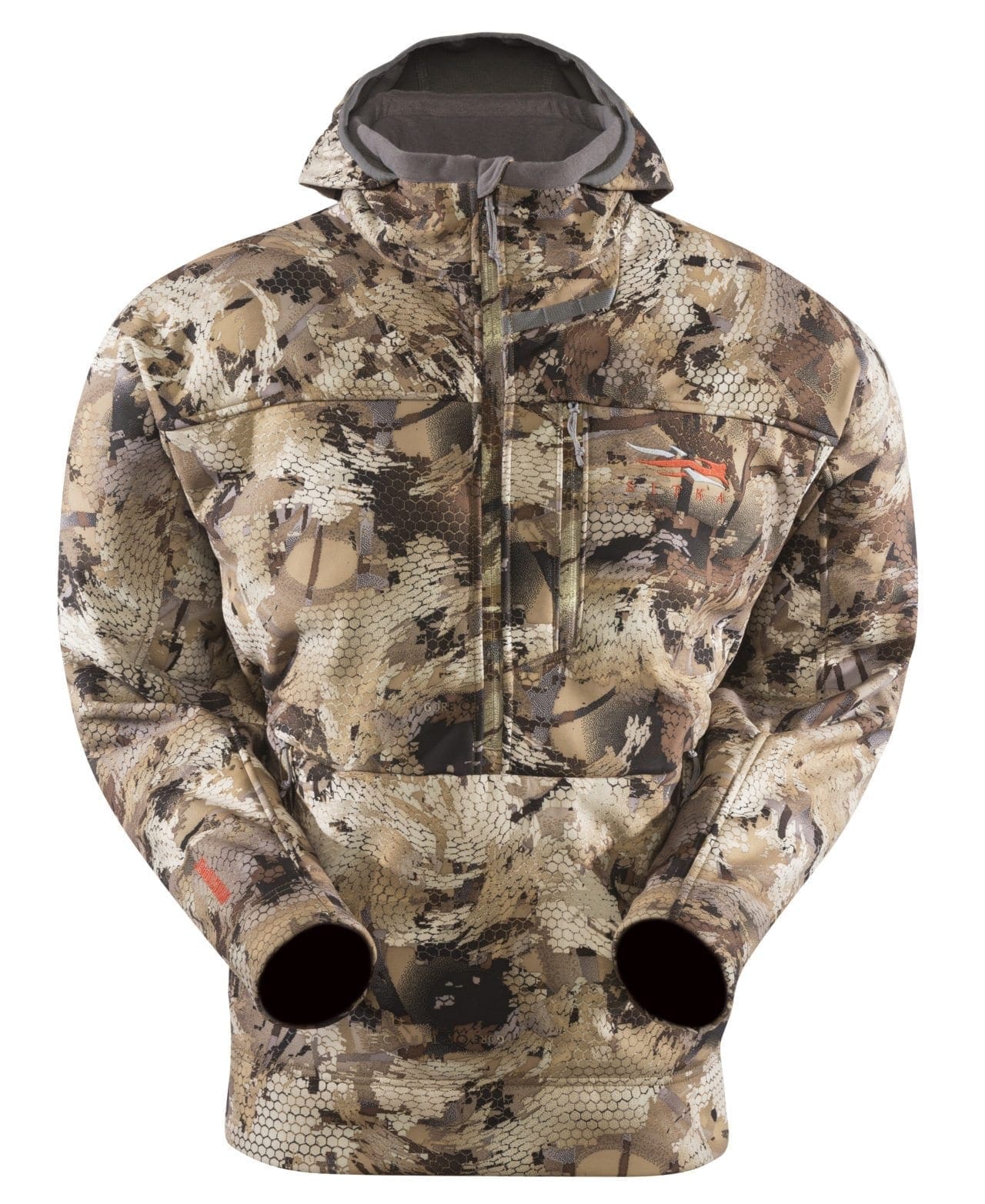Whitetail Planting Zones

Planting Mast Orchards is a great way to attract and feed deer and other wildlife, and Chestnut Hill Outdoors has a diverse array of hard and soft mast-producing trees and shrubs. It’s up to the landowner to decide which species to plant—the greater the variety, the wider the window of attractiveness. However, individual species of trees and shrubs are adapted to living in certain climates. Landowners need to plant types best suited to the local climate to ensure maximum growth and mast production.
The USDA Plant Hardiness Zone Map divides the nation into 10-degree F zones based on average annual minimum winter temperatures at the macro level. These zones or Regions describe the range in which plants are adapted and will be most productive. To ensure proper selection, Chestnut Hill Outdoors lists these zones for each of their products, and they check every order to ensure the selected species are appropriate for their destination. For example, Chickasaw plums are best suited for Zones 5-9, while American plums have a wider cold tolerance in zones 3-8. On the hard mast side, sawtooth, shumard and overcup oaks are better suited to zones 5-9, while nuttall and white oaks will thrive in zones 4-8.
USDA Plant Hardiness Plant Zone Map Link: http://planthardiness.ars.usda.gov/PHZMWeb/
When selecting species, it’s also essential to consider micro-climate. Variations in elevation, slope, aspect and even proximity to bodies of water can all result in subtler, more localized temperature variations. Though the property may be in zone 6, the micro-climate of a low-lying pocket with a northern aspect may be closer to zone 4. In most situations, avoiding low-lying pockets is an excellent general rule of thumb, especially when planting mast trees that break dormancy early and could become damaged by late frosts that settle into these pockets. Conversely, gently sloping hillsides will provide a warmer microclimate where cold air drains off, especially if they have a southern aspect and receive more sunlight, which is another factor to consider when determining whitetail planting zones. Most mast species prefer and may even require full sun.
Purchasing and planting mast-producing trees and shrubs to attract deer represents an investment of time, money and effort. By carefully considering both macro and microclimates when selecting species, landowners can maximize plant productivity so they and the deer they feed will receive a greater return on that investment.
Chestnut Hill Outdoors is more than just a nursery. To ensure you receive the maximum benefit from their products, they also provide sound advice and instruction on proper planting and care. And they ensure the plants you receive are suited to your regional climate. For more on the varieties listed above and all Chestnut Hill Outdoors products and how to care for them, visit ChestnutHillOutdoors.com, or call (855) 386-7826.
Chestnut Hill is the best place for you to purchase your food plot and deer attractant plants because they offer a large selection, their plants are specifically bred to attract deer, and they offer customers different sized plants at different levels of growth.
For more information, please visit
WWW.CHESTNUTHILLOUTDOORS.COM

